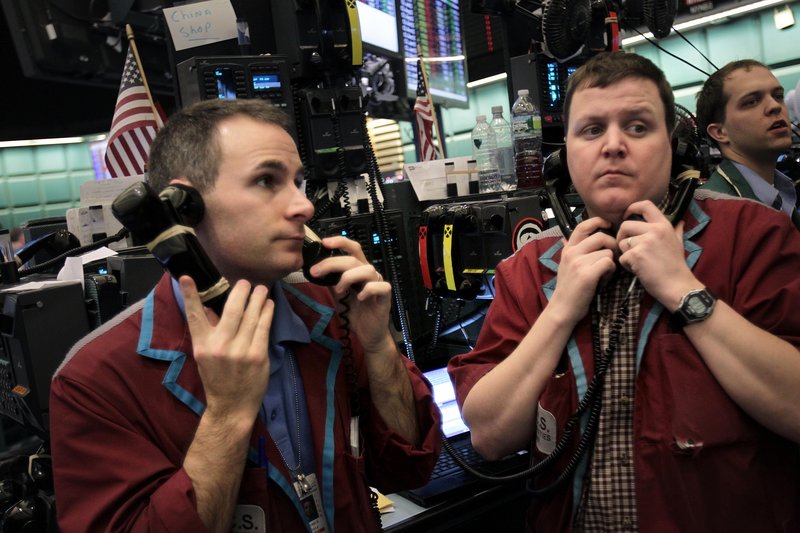NEW YORK – The price of gas has jumped 45 cents since Jan. 1 and is the highest on record for this time of year, an average of $3.73 a gallon. On Wall Street, talk has turned from the European debt crisis to another worry: Will higher gas prices derail the economic recovery?
Not yet, economists say. They argue the United States is in much better shape than early last year, when a similar surge in fuel prices weighed on economic growth by squeezing household budgets. Americans spent less on clothes, food and everything else.
Rising gas prices hurt less when an economy is improving than when it’s slowing down. So economists expect other spending won’t be badly hurt, at least for now. If gas breaks its record of $4.11 a gallon, however, all bets are off.
“Can the economy withstand the increase we’ve seen so far? The answer is yes,” says David Kelly, chief market strategist at J.P. Morgan Funds.
The reasons:
• Jobs. The country has added 2 million over the past year. Those 2 million people with paychecks will spend them, which helps the economy. Lower unemployment also makes people feel better about the economy – and less likely to cut other spending way back.
• Job security. Unemployment claims, the best measure of layoffs, are at a four-year low. Fewer Americans are worrying about losing their jobs, so they can take the punch of higher gas prices and move on.
• A steadier housing market, the Dow Jones industrial average’s clearing 13,000 and other signs of an improving economy also help. Add them together and consumer confidence is the highest in a year. More confidence makes people more likely to keep spending on other things even as gas goes up.
• Gas wasn’t the only thing getting more expensive last year. Prices for milk, meat, bread and other foods were rising because of higher prices for grains and other farm goods. Natural gas prices were also on the rise, making it more expensive for Americans to heat their homes. This year, natural gas prices have plummeted. Unlike last year, filling up the car’s tank is about the only thing getting dramatically more expensive.
• The increase in the price of gas has been more gradual this year, which could make it easier on the psyche of the American consumer. Last year, prices at the pump rose from $2.78 to a peak of $3.98 in mid-May. The national average for a gallon of regular on Wednesday was $3.73, up from $3.28 at the start of the year.
The key is what impact gas prices have on other spending in the economy. All consumer spending isn’t equal. A dollar spent on gas has less of an impact on the U.S. economy than a dollar spent in a restaurant or at a baseball game. The U.S. is an oil-importing country, so many of the dollars spent on gas ultimately leave the country.
The rule of thumb among economists is that a 25-cent increase in gas knocks $25 billion to $30 billion off consumer spending in a year and lowers economic growth by 0.2 percentage points, says Carl Riccadonna, senior economist at Deutsche Bank.
The price of gas averaged $3.51 last year, so a move above $4 should only divert $60 billion from consumer spending this year, Riccadonna says. Last year, it drained an estimated $120 billion.
“It’s really a two-horse race,” Riccadonna says. “There’s rising energy costs, and then there is households’ ability to handle those rising costs.”
Send questions/comments to the editors.



Success. Please wait for the page to reload. If the page does not reload within 5 seconds, please refresh the page.
Enter your email and password to access comments.
Hi, to comment on stories you must . This profile is in addition to your subscription and website login.
Already have a commenting profile? .
Invalid username/password.
Please check your email to confirm and complete your registration.
Only subscribers are eligible to post comments. Please subscribe or login first for digital access. Here’s why.
Use the form below to reset your password. When you've submitted your account email, we will send an email with a reset code.